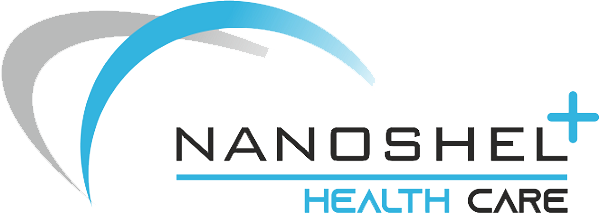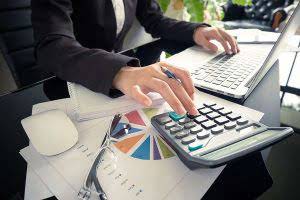
When you have a fixed asset like a vehicle, building, or piece of equipment, these things will naturally suffer some wear and tear over time. Depreciation measures the economic effect of this wear and tear and allows you to allocate that change in value over the asset’s usable life. It is an important part of accounting and helps match the expense of the asset with the revenue generated by the asset. No—despite many opinions shared on the internet—depreciation in accounting is not a measure of wear and tear. While it might be somewhat correlated with wear and tear, wear and tear is not a factor in determining depreciation expense.
How Special Depreciation Rules Impact Farm Equipment Purchases
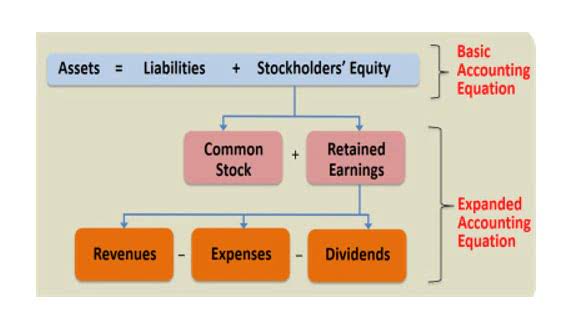
The amounts spent to acquire, expand, or improve assets are referred to as capital expenditures. The amount that a company spent on capital expenditures during the accounting period is reported under investing activities on the company’s statement of cash flows. In the case of an asset with a 10-year useful life, the depreciation expense in the first full year of the asset’s life will be 10/55 times the asset’s depreciable cost. The depreciation for the 2nd year will be 9/55 times the asset’s depreciable cost. This pattern will continue and the depreciation for the 10th year will be 1/55 times the asset’s unearned revenue depreciable cost. The double-declining-balance (DDB) method, which is also referred to as the 200%-declining-balance method, is one of the accelerated methods of depreciation.
Understanding Farm Depreciation for 2025
- Therefore, the DDB depreciation calculation for an asset with a 10-year useful life will have a DDB depreciation rate of 20%.
- Also, the write-down of an asset’s carrying amount will result in a noncash charge against earnings.
- Addressing these issues involves revisiting and, if necessary, refining the assumptions underlying your depreciation calculations.
- Sum of the years’ digits depreciation is another accelerated depreciation method.
- It acts on the premise that some assets are more productive during the first year and significantly show a reduction in performance over the course of years.
Because depreciation refers to the loss in value of fixed assets over time, and these assets are necessary for business operations, depreciation is considered an operating expense. Understanding the depreciation expense’s impact on cash flows aids in better decision-making regarding the investment in assets. In financial planning, depreciation serves as a way to ensure companies take the gradual wear and tear of their assets into account. By consistently depreciating their assets, businesses can avoid being suddenly hit with the huge cost of replacing a defunct asset, adding a degree of financial stability.
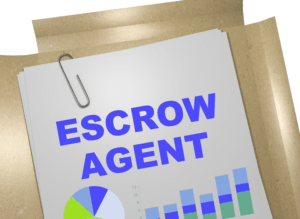
Role in Financial Planning
- The most common depreciation methods include straight-line depreciation, accelerated depreciation methods, the units-of-production method, and the Section 179 deduction.
- Depreciation measures the economic effect of this wear and tear and allows you to allocate that change in value over the asset’s usable life.
- The purpose of depreciation is not to report the asset’s fair market value on the company’s balance sheets.
- Prime among them is impairment testing in which the asset’s carrying value in the company’s balance sheet is compared with its recoverable amount.
- Tim is a Certified QuickBooks ProAdvisor as well as a CPA with 28 years of experience.
- The depreciation amount is recognized as an expense and reduces the company’s net income.
This is because the rise or fall in production causes the asset to depreciate more or less. Depreciation expense is the appropriate portion of a company’s fixed asset’s cost that is being used up during the accounting period shown in the heading of the company’s income statement. Any asset gradually breaks down over time as parts wear out and need to be replaced. Some assets like buildings tend to wear and tear at a steady rate, and are measured with formulas like the straight-line method. Others depreciate more quickly from heavy use and use formulas like the units of production method. In many cases the manufacturer will provide you with an estimate of the asset’s usable life, measured in years, number of miles driven, or number of depreciation expense meaning units produced.
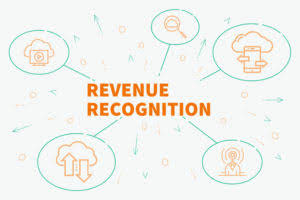
How These Assets are Recorded

This method tries to match the depreciation with the wear and tear the equipment undergoes, by linking the deprecation to the asset usage. IRS generally categorizes construction equipment as seven-year property under the MACRS system. In such cases, the Linear, or straight-line, depreciation method is typically used. Under the IRS rules, assets like office furniture and equipment belong to the seven-year property class under MACRS, and off-the-shelf software can be depreciated over 36 months. In the real estate industry, depreciation primarily comes into play during the assessment of property taxes and when calculating net income for income-based appraisals. The Internal Revenue Service (IRS) permits the owners to depreciate the value of the building, not the land, over a life course of 27.5 years for residential property and 39 years for commercial property.
- We will illustrate the details of depreciation, and specifically the straight-line depreciation method, with the following example.
- Recall that the asset’s book value declines each time that depreciation is credited to the related contra asset account Accumulated Depreciation.
- If you don’t depreciate your asset, you won’t be able to claim the full benefit of the depreciation tax deduction.
- While these two depreciation methods serve a similar purpose, they aren’t the same.
- As a business owner, consider your specific needs, industry standards, and long-term goals when selecting a depreciation method.
- Consult with a tax professional to understand how different depreciation methods might affect your tax situation.
In a typical case, when there is a difference between accounting and tax depreciation, this would differ from the net book value of fixed assets per accounting and tax. The straight-line method represents the most straightforward approach to calculating depreciation. This method spreads the depreciable amount (original cost minus salvage value) evenly across the asset’s useful life. The simplicity of this calculation makes it particularly appealing for businesses seeking consistency in their financial reporting. The rationale behind accelerated depreciation is that some assets are more productive in their first years or may become obsolete more quickly due to technological Interior Design Bookkeeping advancements.
